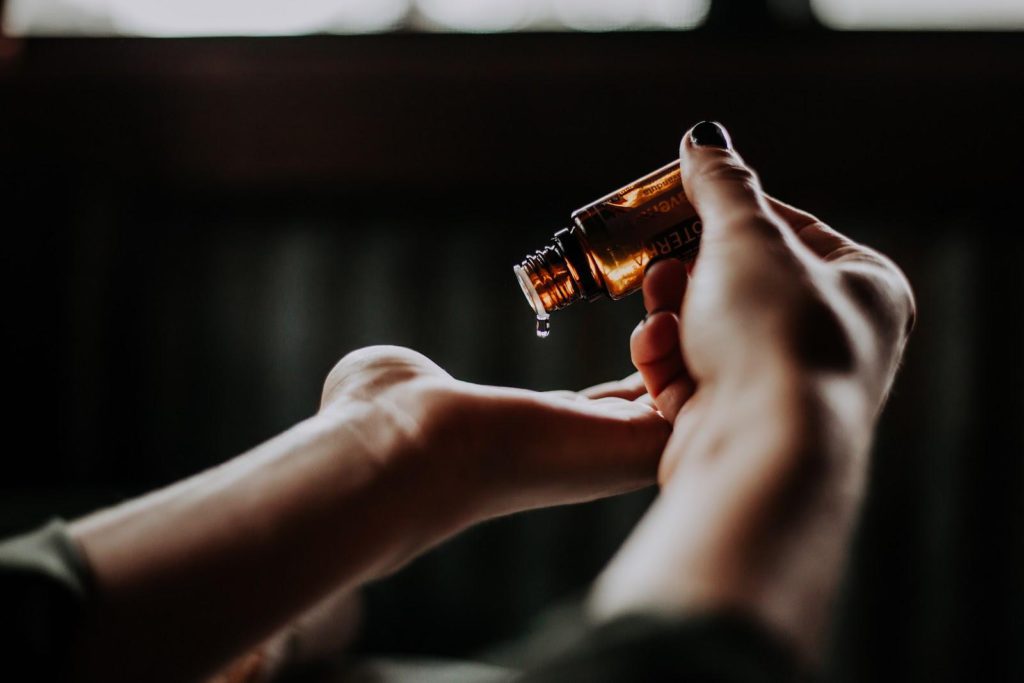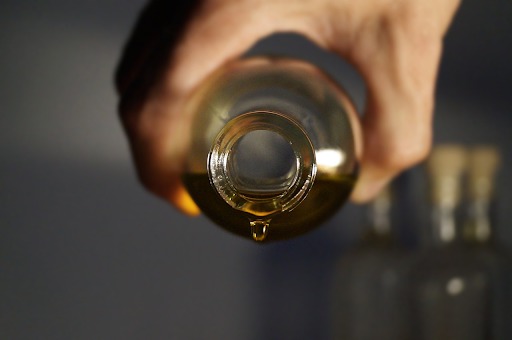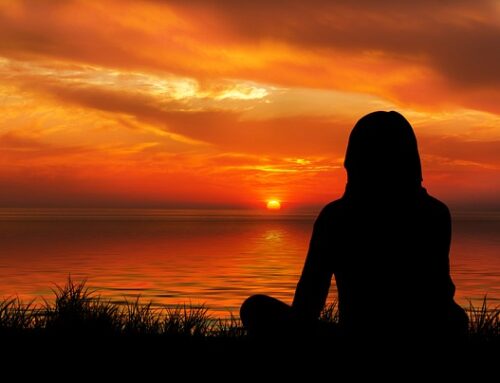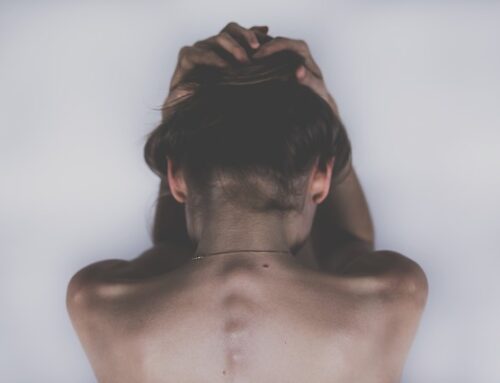Of the many Ayurvedic traditions that have become popular in the West, essential oils are among the most popular. People have begun using essential oils for everything ranging from treating colds to improving the health of their skin.
However, the use of essential oils in Ayurvedic practice can differ a bit from how we use them in the West. Out here, it’s fairly common to simply slap essential oils on any ailments that arise. Ayurvedic practitioners tend to be a bit more precise with their use of these sacred medicines.
In this article, we are going to discuss the use of essential oils and their interaction with agni, one of the most important of the Ayurveda elements. By the time you’ve finished the article, you’ll know a lot more about how to use these ancient medicines the same way that our ancestors did.
The Differences Between the Western and Ayurvedic Use of Essential Oils
As you’re probably aware, a large portion of the Western world has a ‘quick-fix’ mentality. You can see this in a number of ways – anything from the way that our medical system dumps pharmaceuticals on us to quickly patch up a problem to the way that fast food is available on every street corner.
However, in Ayurveda, essential oils are not considered a quick-fix. In fact, the way that Westerners use essential oils – consuming them internally or applying them on the skin – is not only frowned upon in Ayurveda but actually considered dangerous. The Ayurvedics believe that using essential oils internally will almost certainly cause disease.
Essential Oils and Agni
The Ayurvedic believe that essential oil is basically the pure agni, or fire, of a plant. By extracting the pure fire ayurvedic element, we are able to derive an extremely potent and powerful medicine from a plant. While the medicine may be more potent, its therapeutic range is also far smaller than you might find from the whole plant itself.
Traditionally, in Ayurvedic medicine, essential oils were treated by a number of pharmacological processes before they were to be ingested by the human body. This allowed practitioners to dilute the essential oil so that it was not a pure form of agni.
Consuming pure agni is known to tremendously aggravate the agni of the human body. This can lead to disruptions in the region related to how the essential oil was consumed: the stomach, if it was ingested, the lungs, if inhaled, or the skin, if applied topically. Elevated levels of agni are also known to impair metabolism, enzyme production, and other aspects of our health.
The most intriguing and important thing about the use of essential oils for therapy is that the increase of agni is generally the desired therapeutic benefit. Over the short-term, increasing metabolism in a particular area can help speed up certain processes, such as the elimination of viruses or toxins.
However, this hefty increase in metabolism will cause side effects. If you use essential oils repeatedly over the long-term, then you will likely begin to experience some serious issues related to a permanent disturbance in your body’s agni.
So How Do The Ayurvedics Use Essential Oils?
While Ayurvedics highly caution against the use of essential oils, there’s no doubt that they do, indeed, use them for certain purposes. One of the most effective and reliable ways that the Ayurvedics use essential oils is through the practice of aromatherapy.
The correct use of essential oils, according to Ayurvedic practitioners, is not internally or externally but through inhalation. If you see any products advertised as “Ayurvedic Oils” that are intended for ingestion or application on the skin, then they are not truly Ayurvedic.
One of the easiest – and safest – ways to use Ayurvedic essential oils at home is to do an inhalation steam bath. To do this, you’ll put a couple of drops of essential oil into a bowl of boiling water while covering your head with a towel.
Inhaling the steam that rises from the bowl allows you to consume a form of essential oil that has become safe thanks to the application of heat. Popular – and safe – oils used for this purpose include eucalyptus, camphor, and thyme.
Essential Oils and the Doshas
Traditionally, essential oils would be used in Ayurvedic therapy to help balance the doshas. The three doshas – vata, pitta, and kapha – are overarching elements that control every aspect of the human body.
Certain doshas are more active in certain areas and underactive in other areas. The vata dosha, for example, tends to be high energy and very active while struggling with sensitive digestion.
The use of aromatherapy in Ayurveda would tend to balance these doshas, bringing relief from the undesirable facets of a dosha while promoting positive aspects. There are a number of different oils and practices used for this purpose.
- For balancing vata, one would want to use sweet warming oils. Vata is considered to be a very cool dosha, and thus requires heat to bring it to balance. Vata oils would also help to bring calm and clarity to the mind and the feelings. Good examples of oils to soothe vata would include orange, geranium, rose, and frankincense.
- For balancing pitta, one would want to avoid heated situations, such as extreme temperatures, as well as using cooling essential oils which might include fennel, sandalwood, and peppermint.
- Kapha would be balanced by using essential oils that are warm and spicy. These can help provide energy and avoid the melancholy associated with dark, grey, days. Invigorating oils include rosemary, eucalyptus, and basil, with smaller amounts of warming oils like frankincense.
Again, the safest and most practical way to apply these oils in modern life would be to use a steam bath, as described above.
In Conclusion
If you’re thinking about beginning to use essential oil therapy, then you might want to reconsider how you’re going about doing it. The Ayurvedic practitioners – those who pioneered the use of essential oils – believed that they had to be used a certain way lest they cause harm.
Hopefully, this article has helped you better understand the practical and safe use of essential oils.
Author Bio
Polly Tlg has always been interested in holistic and alternative ways of healing. Ayurveda and yoga are the best medicines for her. Deeply intuitive she finds that true healing surpasses the boundaries of the physical body and embraces the emotional, energetic and subtlest layers of our being. Polly helps people to know how to be healthy and beautiful using only natural remedies. She believes that nature is the best source of human health. Check her the last article about herbs for dry skin






Leave A Comment